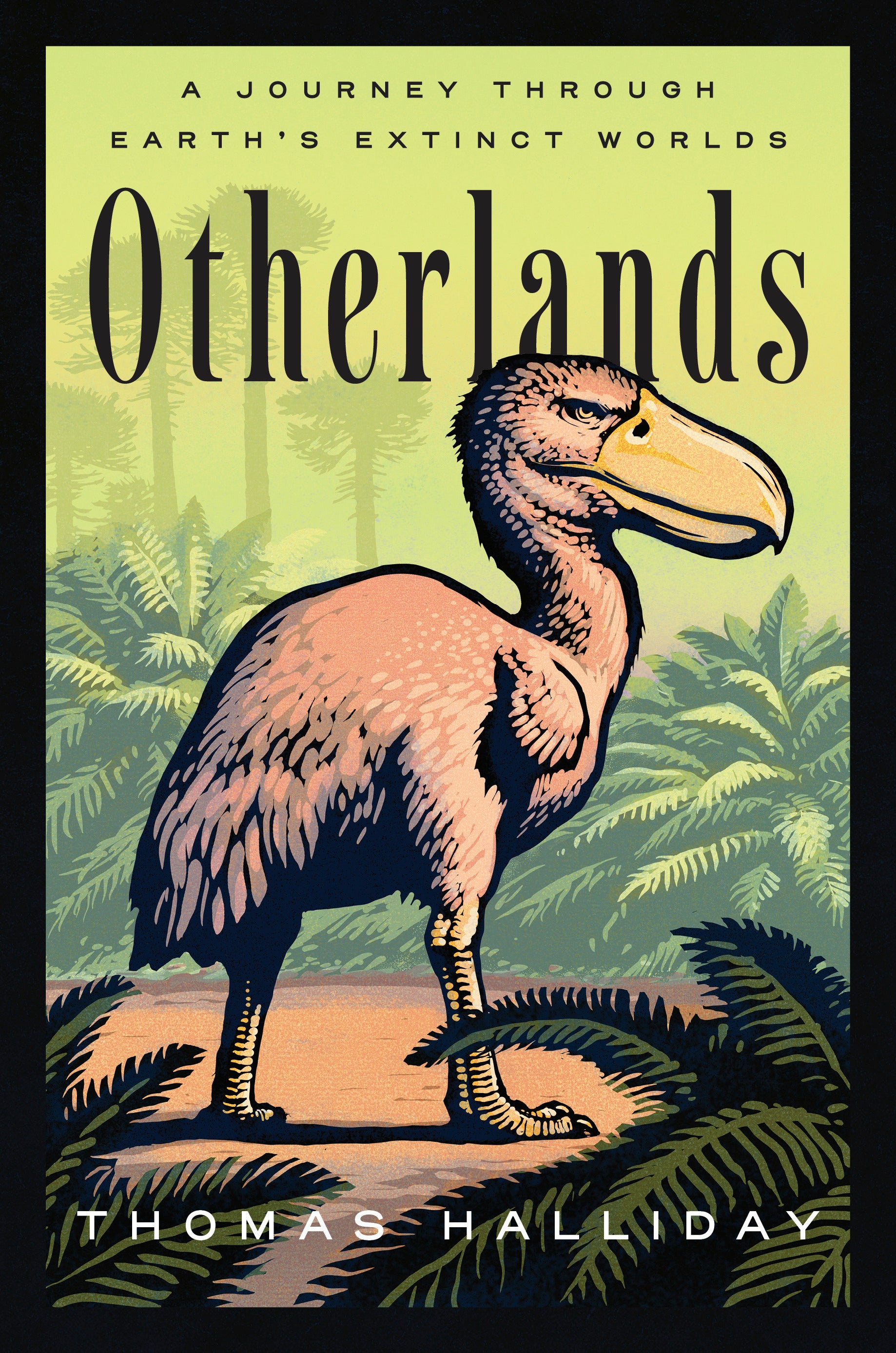Review: Journey to the origins of the Earth
Thomas Halliday ventures into the vastness of Earth's flux in “Otherlands: Journeys in Earth’s Extinct Ecosystems,” a compendium on Earth’s sprawling origins

Your support helps us to tell the story
From reproductive rights to climate change to Big Tech, The Independent is on the ground when the story is developing. Whether it's investigating the financials of Elon Musk's pro-Trump PAC or producing our latest documentary, 'The A Word', which shines a light on the American women fighting for reproductive rights, we know how important it is to parse out the facts from the messaging.
At such a critical moment in US history, we need reporters on the ground. Your donation allows us to keep sending journalists to speak to both sides of the story.
The Independent is trusted by Americans across the entire political spectrum. And unlike many other quality news outlets, we choose not to lock Americans out of our reporting and analysis with paywalls. We believe quality journalism should be available to everyone, paid for by those who can afford it.
Your support makes all the difference.“Otherlands: Journeys in Earth s Extinct Ecosystems,” by Thomas Halliday (Random House)
If there is one uncertainty that has persisted since the beginning of time, it’s our planet’s impermanence. Thomas Halliday ventures into the vastness of this predicament in his book “Otherlands: Journeys in Earth’s Extinct Ecosystems,” a compendium on Earth’s sprawling origins.
Thousands of scientists over hundreds of years have contributed to Halliday’s reconstructions of the past based on the paleontological irony of death being the primary way of understanding life. Structured between 16 geologic periods, Halliday's book takes readers back in time through the millions of years predating our present. By beginning with the most recent period, the Miocene, and progressing backwards until the very earliest, the Ediacaran, Halliday brings deep time’s primordial soup to life.
Merging human culture with the changing environments brings out an accessible human layer that contextualizes the scientific density. Art meets Earth science in Halliday’s densely detailed portrayal of our ecosystem’s history, alluding to the “Epic of Gilgamesh,” Gaudi’s architecture and the sepia tones of silent-era films. This quality is extended into Halliday's vivid writing style as he describes giant flightless birds with “can-opener hooks” on the end of their beaks and sediment left behind evaporating water that raises the water source itself “compacted sugar on a growing stack of pancakes."
The otherworldly flora and fauna abound in proven strangeness. Readers meet geese “twice the weight of a mute swan” stocking up for winter and insects colored black and yellow or black and red, “a warning of danger, or poison, or simply unpalatability.” Present are plants so eager to be consumed by insects that they’ll increase sugar production to boost their nectar as “a passing insect’s wings gently vibrates their petals” and bisexual lily-like flowers with “both male and female tissues on one single stem.”
The sea’s importance is made explicit by its oneness with the land, and the assertion that oceans and mountains are geologically temporary. Elegant glass sponges reside in the deep sea, and corals collaborate with algae to digest light. The floor is determined by volcanic basalt rock that controls the tectonic plate. The perspective of Jurassic-era Europe as an archipelago is conveyed by “the flooded margins of continents which here and there dive into deep oceanic trenches,” a compelling reminder of the fragile equilibrium between land and water that is relevant to today’s discussion of sea-level rise.
In between the intriguing characters residing in the ethereal mountain glens and mysterious oceans are the bold hypotheses that lead readers to reimagine the dynamics of coexistence. Humanity is no different from the amoebic and fungi species in the way that we have also developed through a culmination of cells adapting through time. Environments' inhabitants are tied in a mutual exchange of interdependence, their underlying functions the true heroes.
An intricate analysis of our planet’s interconnected past, it is impossible to come away from “Otherlands” without awe for what may lie ahead.